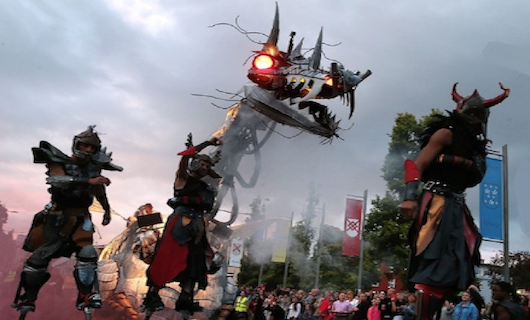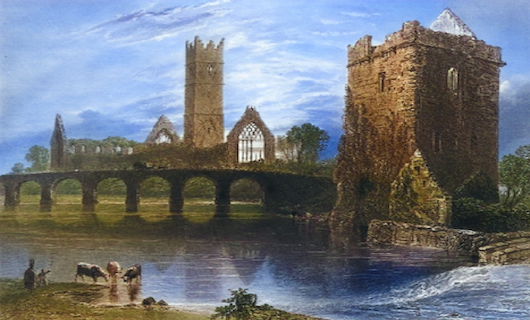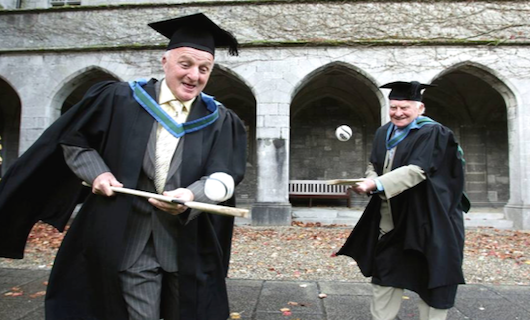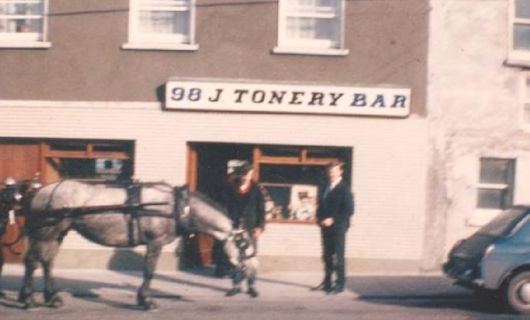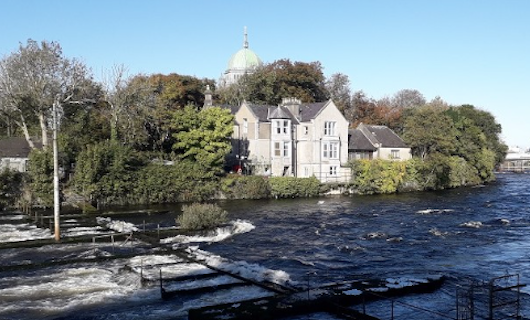The West Awakens
I’d spent ten days in a room in Dublin, coughing with Covid; so, I took the train to the City of the Tribes to feel alive again. To enjoy the western air, the music, stories; spend a day at the races, maybe, or just celebrate life. Where better to do that than Galway in July? I stayed in the Claddagh, the fishing village just across the River Corrib. The place is forever stamped in global folklore with the heart and the crown of the Claddagh ring symbolising fidelity. to the one for whom your pulse races. Like many a Galway treasure, the ring design came from afar, brought back by Richard Joyce ...
To read more get the magazine
